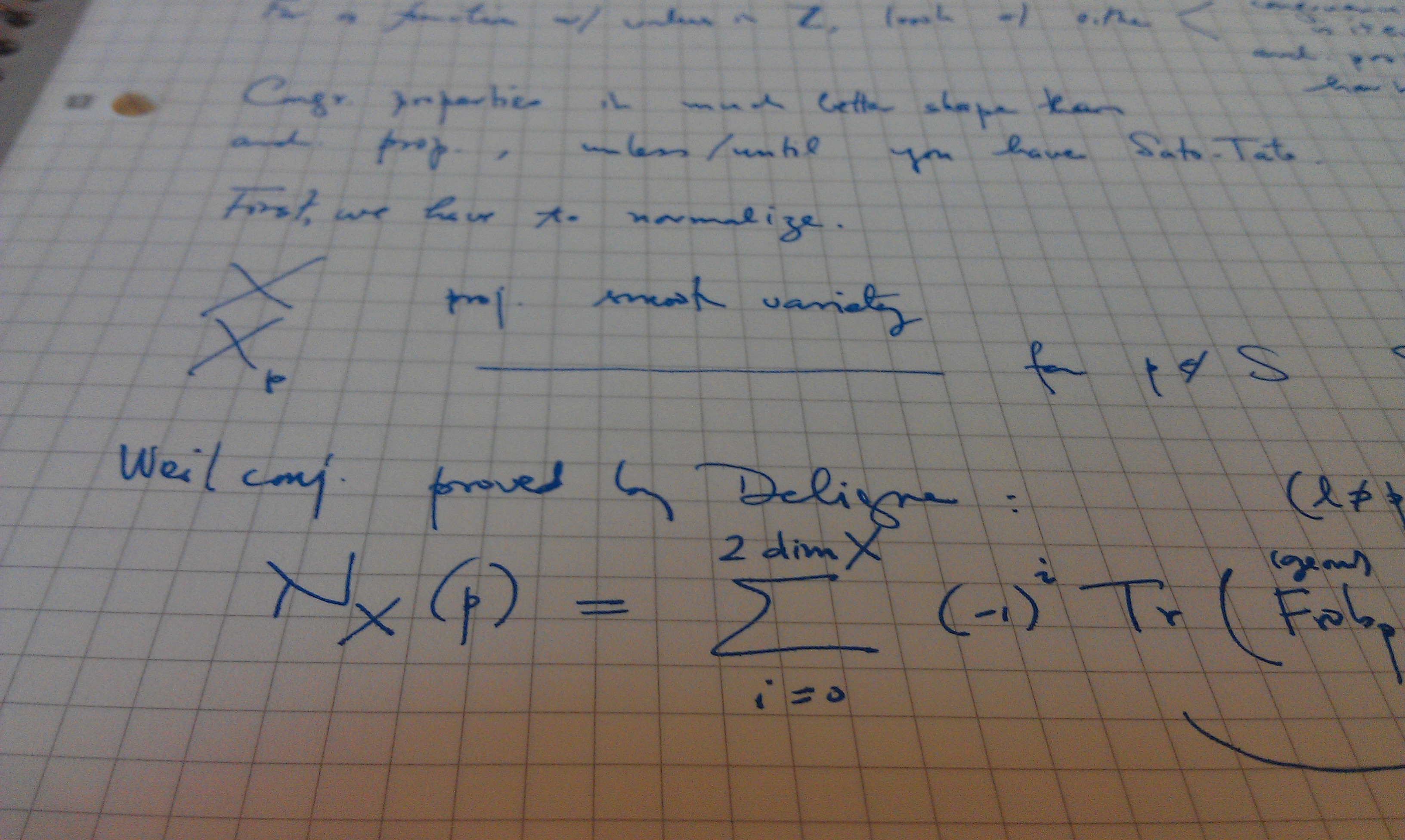Publication Date
2022
Journal or Book Title
arXiv Preprint
Abstract
Metapopulation models have been a popular tool for the study of epidemic spread over a network of highly populated nodes (cities, provinces, countries) and have been extensively used in the context of the ongoing COVID-19 pandemic. In the present work, we revisit such a model, bearing a particular case example in mind, namely that of the region of Andalusia in Spain during the period of the summer-fall of 2020 (i.e., between the first and second pandemic waves). Our aim is to consider the possibility of incorporation of mobility across the province nodes focusing on mobile-phone time dependent data, but also discussing the comparison for our case example with a gravity model, as well as with the dynamics in the absence of mobility. Our main finding is that mobility is key towards a quantitative understanding of the emergence of the second wave of the pandemic and that the most accurate way to capture it involves dynamic (rather than static) inclusion of time-dependent mobility matrices based on cell-phone data. Alternatives bearing no mobility are unable to capture the trends revealed by the data in the context of the metapopulation model considered herein.
DOI
https://doi.org/10.48550/arXiv.2207.01958
License
UMass Amherst Open Access Policy
Recommended Citation
Rapti, Z.; Cuevas-Maraver, Jesús; Kontou, E.; Liu, S.; Drossinos, Y.; Kevrekidis, Panayotis G.; Kevrekidis, G. A.; Barmann, M.; and Chen, Q.-Y., "The role of mobility in the dynamics of the COVID-19 epidemic in Andalusia" (2022). arXiv Preprint. 1338.
https://doi.org/10.48550/arXiv.2207.01958
